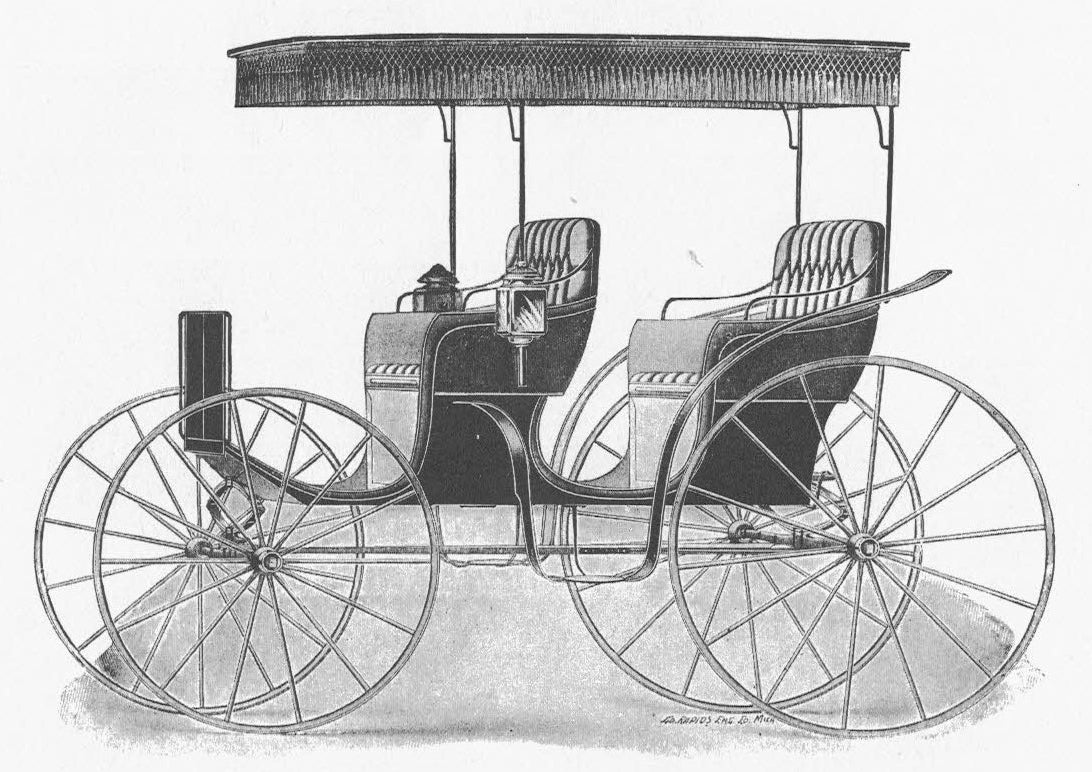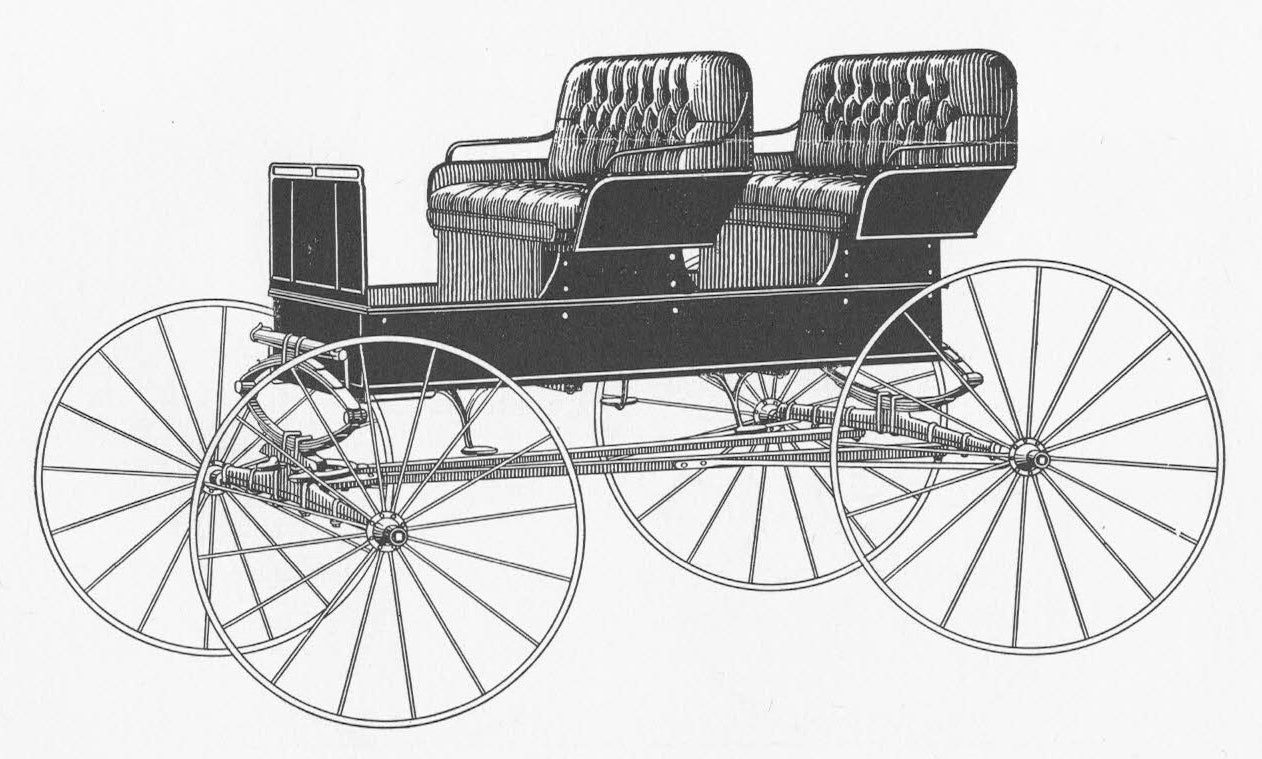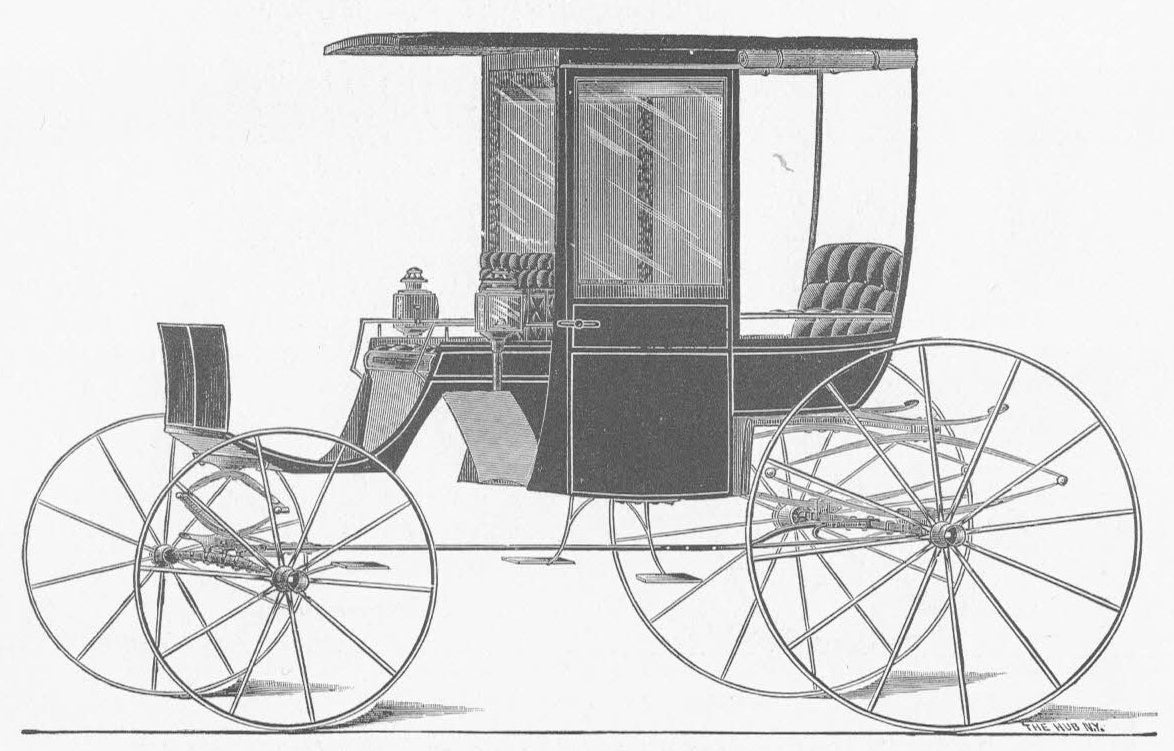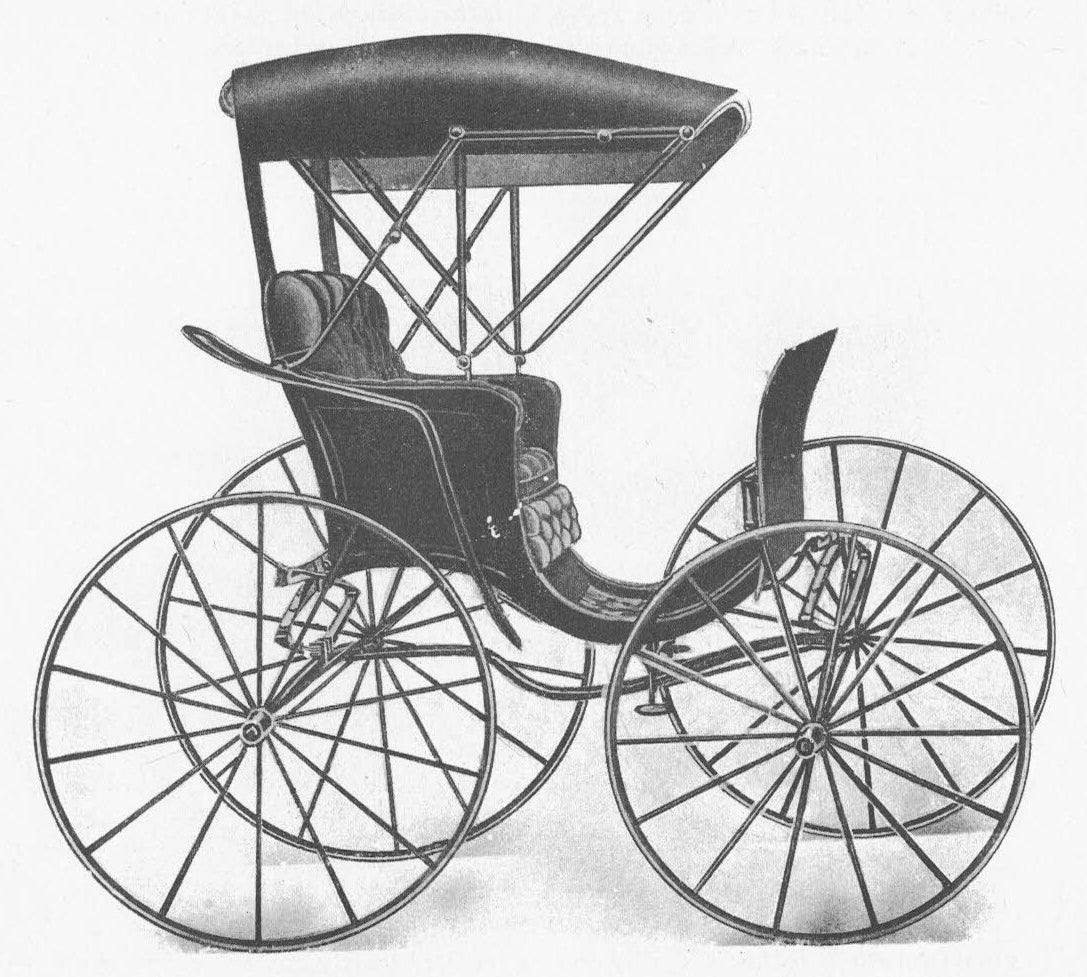WHERE IN THE WORLD?: Looking back at the horse and buggy days of Winchester
Published 9:17 am Friday, July 17, 2020
|
Getting your Trinity Audio player ready...
|
In the 1890s when my grandparents were growing up, folks usually got around on foot, on horseback or in a horse and buggy.
While the latter afforded a more pleasant means of travel, it was not available without a good deal of effort — not a turnkey operation, so to speak. Horses had to be pastured and stabled, shod, groomed, fed and sometimes doctored. Before one could get going of a morning, say, the horse (or horses) had to be put in harness and hitched to the buggy. And like any other vehicle, buggies required regular repairs and maintenance.
Instead of auto dealers, Winchester had carriage dealers. The census of 1870 and 1880 lists nine in Clark County. Winchester also had numerous livery stables where horses, teams and carriages were available for hire.
The best-known manufacturer of the period was J.H. McClymonds, whose Winchester Carriage Factory was located on Lexington Avenue.
In 1886, he sold the business to William A. Attersall, who would serve as our fifth mayor.
Matt Bean went into the business in 1903, and three years later, he acquired Attersall’s three-story factory. Bean advertised that he handled the best makes of “carriages, buggies, rockaways, phaetons, carts, road wagons, surries, etc.” A disastrous fire in 1909 destroyed the Attersall building and gutted the city’s Engine House next door.
Tolls posted for the Winchester-Lexington Turnpike Road in 1853 were 5 cents for a horse and rider, 10 cents for a pleasure buggy with one horse and 20 cents for a barouche or rockaway with two horses.
Local newspapers reported carriage accidents much like automobile accidents today, except perhaps in more colorful detail.
The news from Allansville in August 1875 described a near disaster there.
“Mr. Richard Oliver, Simeon Oliver and wife and child were overturned last week in a spring wagon down an embankment about fifteen feet by which Mr. Simeon Oliver sprained his ankle, his wife was very badly bruised, and the child was senseless for some time with two broken ribs.”
Several years later, we read about fairly common type of carriage accident: a runaway horse frightened by a train.
“Mrs. Benjamin F. Buckner of Lexington and Mrs. S.F. Tebbs of Pine Grove started out the Lexington pike in F.H. Dudley’s rockaway Tuesday evening for a ride. As they came near the railroad crossing, the pay [passenger] train rushed by without a moment’s warning. The horse becoming frightened, wheeled suddenly around, turned the vehicle over and threw the ladies violently to the ground. The rockaway was completely demolished, and the ladies considerably jarred but thankful that it was no worse. If we mistake not, there is a law compelling road engineers to blow their whistle before crossing a public highway, and it should be rigidly enforced.”
Soon after automobiles made their appearance, a new kind of carriage accident began to be reported.
“A horse attached to a surrey containing Mr. and Mrs. B.S. Haggard and daughter and Mrs. Wheeler Haggard was frightened by an automobile driven by W.R. Thomas Wednesday morning, and a serious accident was narrowly averted. The carriage party was standing in front of the office of The News on Main street, and the horse took fright at the approach of the automobile, reared and attempted to turn. In the narrow space between the sidewalk and the street car standing on the track, Mr. Thomas found it impossible to avoid running into the surrey. No one was seriously hurt, although the party were pretty thoroughly frightened. Several spokes of the surrey were broken and the harness. Mr. Thomas was driving at a moderate speed when the accident occurred.”
Then again, some accidents were unprovoked.
“On Tuesday Thomas Wilson, sometimes called ‘Tanker,’ hauled a load of plunder for Will Alverson, who has moved to the Dr. Vivion place near Providence church. Tanker was considerably ‘tanked,’ and on his return fell out of the wagon near the residence of A.S. Hampton. The team ran away, and just below the old toll house crashed into a surrey containing Mr. and Mrs. Arthur Good and some Lexington friends, who were returning from the burial of the child of Mr. and Mrs. Good. The wagon tongue penetrated the heavy oak back of the surrey, and the vehicle and horse were shoved forward, the latter landing on the wheels of Andy Lisle’s surrey just in front. One of the ladies was struck and considerably shaken up by one of the wagon horses, but fortunately no one was seriously hurt.”
Part of my fascination with carriages came from the numerous models whose names have nearly faded from memory. I found an old book, “American Horse-Drawn Vehicles,” by Jack Rittenhouse (1948), with 218 illustrations showing every type of carriage imaginable, several of which are pictured here.
Sears Roebuck sold a number of utilitarian models. Their catalog prices for 1897 included spring wagons, $39.90; phaetons, $58; fringe-top surreys, $87. At that time, the fanciest carriages built for the well-to-do—broughams and landaus — sold for $1,000 up. One can multiply these prices by 30 to get today’s equivalent.
Carriage driving has become a popular sport today. While many pursue the hobby for pleasure, others participate in competitive events. In-state examples include an annual affair, the Lexington Carriage Classic, a pleasure driving show held in the covered arena at the Kentucky Horse Park, and the Kentucky Classic, a combined driving competition, held in even-numbered years at Hermitage Farm, Goshen, Kentucky.
Harry Enoch, retired biochemist and history enthusiast, has been writing for the Sun since 2005. He can be reached at henoch1945@gmail.com.









